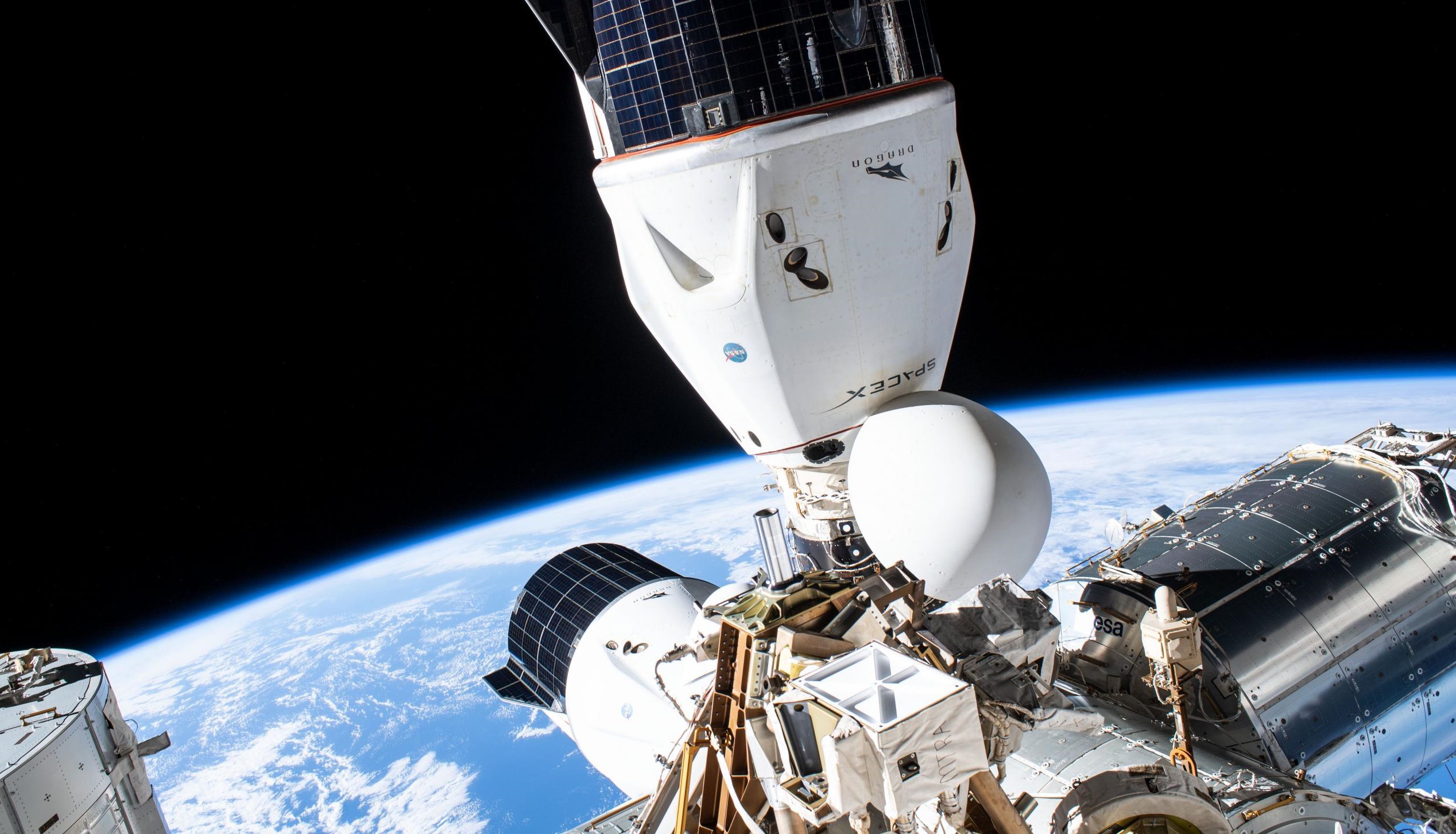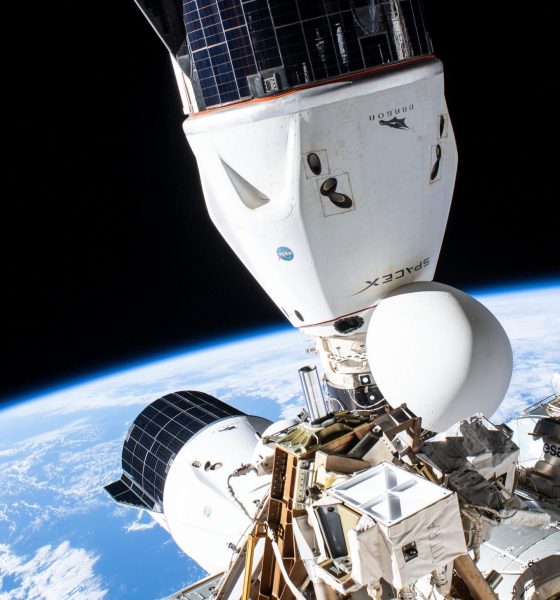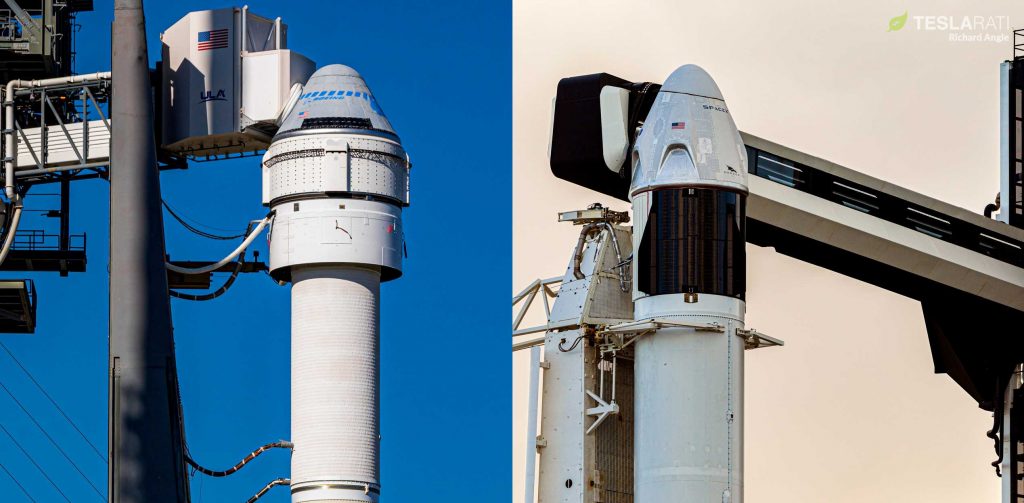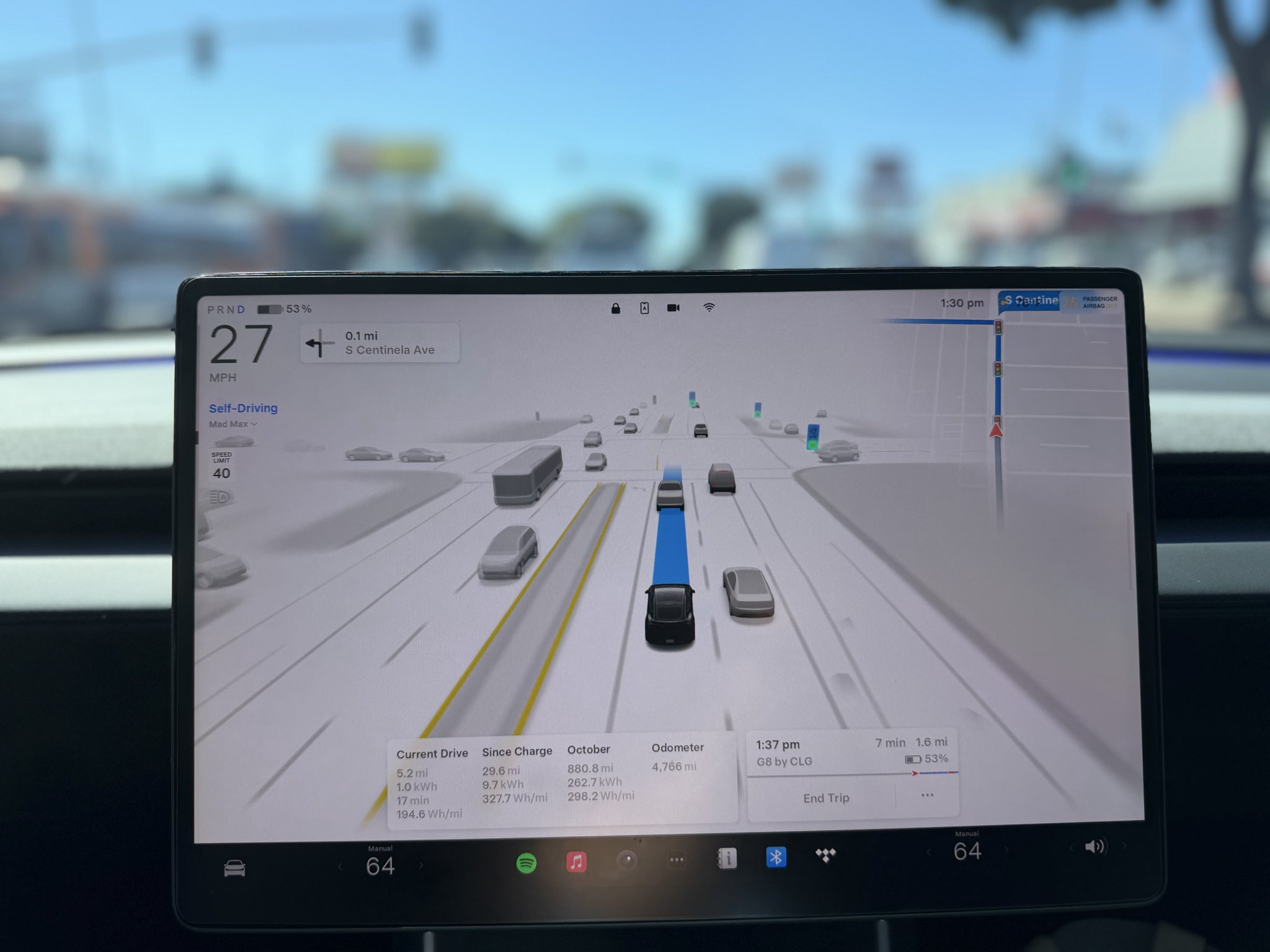

News
SpaceX a bastion of independent US, European spaceflight amid Russian threats
Russia has invaded Ukraine without provocation, triggering a series of diplomatic responses – sanctions in particular – that recently culminated in the aggressor deciding to cut ties with Europe on a number of cooperative spaceflight projects.
Dmitry Rogozin, director of Russia’s national ‘Roscosmos’ space agency, went as far as implying that the country might respond to the West’s aerospace sanctions by ending its support of the International Space Station (ISS), a move that could cause the football-field-sized structure to gradually deorbit and reenter Earth’s atmosphere. Were it not for the existence of two extraordinarily successful NASA programs and SpaceX in particular, Russia’s response – which, today, reads like a child’s tantrum – could easily have been a grave threat with far-reaching consequences.
In response to sanctions after its unprovoked invasion, Russia announced that it was withdrawing support from Europe’s French Guinea Soyuz launch operations, effectively killing Arianespace’s Soyuz offering and potentially delaying several upcoming European launches indefinitely.
As a quick side note, it’s worth noting that ULA’s lack of readily available rockets and the fact that Arianespace is likely at least a year or more away from regular Ariane 6 launches means that SpaceX may be the only Western launch provider in the world capable of filling in the gap that Arianespace’s Soyuz loss will leave. Aside from pursuing Chinese launch services, which is likely a diplomatic non-starter, the only alternative to rebooking former European Soyuz payloads on SpaceX rockets is to accept one or even several years of expensive delays.
On the other half of the coin is the International Space Station. NASA signed its first major contract with SpaceX in 2008, awarding the company $1.6 billion (and up to $3.5 billion) to launch a dozen Cargo Dragon supply missions to the ISS. Aside from effectively pulling SpaceX back from the brink of dissolution, those funds also covered a large portion of the development of its Falcon 9 rocket and Dragon spacecraft and simultaneously funded Orbital Science’s (later Orbital ATK and now Northrop Grumman) Cygnus cargo spacecraft and Antares rocket.
Despite suffering two failures in 2014 and 2015, NASA’s Commercial Resupply Services (CRS) program has been an extraordinary success. Together, Cygnus (17) and Dragon (24) have completed 41 deliveries in the last 12 years, carrying more than 110 tons (~240,000 lb) of cargo to the ISS.
Out of sheer coincidence, on February 19th, mere days before Russia’s act of war, Northrop Grumman launched the first Cygnus spacecraft designed to help ‘re-boost’ (raise the orbit of) the International Space Station. Since NASA’s premature 2011 retirement of the Space Shuttle, that task has been exclusively conducted by a combination of Russian spacecraft and the station’s Russian Zvezda module. Without regular Russian re-boost support, the station would deorbit and be destroyed. In other words, if push came to shove, the ISS could very literally fail without direct Russian involvement. Rogozin’s threat, then, was that Russia might cease to support ISS re-boosting if sanctions went too far.
However, even while ignoring the fact that NASA itself actually paid for and owns the ISS Zvezda propulsion module and in light of the first Cygnus spacecraft upgraded with a re-boost capability berthing with the station the very same week of the invasion, Russia’s threat rang decidedly hollow. Further, if Cygnus weren’t available, it’s still difficult to imagine that SpaceX wouldn’t be able to quickly develop its own Dragon re-boost capability if asked to do so.
While re-boosting is crucial, the situation has also emphasized just how little leverage Russia now has over even more important aspects of the International Space Station. Were it not for the existence of SpaceX and NASA’s Commercial Crew Program (CCP), the situation could be even direr for Europe and the US. Despite some pressure from lawmakers to only award the CCP contract to Boeing, NASA ultimately selected Boeing and SpaceX to develop independent crew capsules capable of carrying US astronauts to and from ISS in 2014. Following a near-flawless uncrewed Crew Dragon test flight in 2019 and an equally successful crewed demo mission in 2020, SpaceX completed its first operational Crew Dragon launch in November 2020.
Since then, SpaceX has launched another two operational ‘crew rotation’ missions, meaning that the company has now singlehandedly supported all US astronaut launch and recovery operations for 16 months. Due in part to extensive mismanagement, Boeing’s Starliner spacecraft was nearly destroyed twice during its first catastrophic uncrewed test flight in December 2019. The spacecraft is still months away from a second attempt at that test flight, likely at least 9-12 months away from a hypothetical crewed test flight, and potentially 18+ months away from even less certain operational NASA astronaut launches. Further, though ULA CEO Tory Bruno claims that the company doesn’t need any support from Russia, all Atlas Vs – the rocket responsible for launching Starliner – depend on Russian-built RD-180 engines.
Further adding to the mire, even Cygnus is not immune. The first stage of the Antares rocket that mainly launches it is both built in Ukraine and dependent upon Russian Energomash RD-181 engines. Northrop Grumman only has the hardware on hand for the next two Cygnus-Antares launches, at which point the company will have to either abandon its NASA contract or find an alternative launch provider. Once again, SpaceX is the only US provider obviously capable of filling that gap on such short notice and without incurring major delays of half a year or more.

In fewer words, without SpaceX, NASA would still be exclusively dependent upon Russian Soyuz rockets and spacecraft to get its astronauts to and from the space station it spent tens of billions of dollars to help build. Even in a best-case SpaceX-free scenario, NASA might instead be dependent upon a rocket with Russian engines to launch its own astronauts. Needless to say, the presence of US astronauts on Russian launches and ULA’s use of Russian engines were already extremely sensitive issues after Russia ‘merely’ invaded Ukraine’s Crimea region in 2014.
It’s hard not to imagine that US and European responses to Russia’s aggression would have been weakened if NASA and ESA astronauts were still entirely dependent upon Russia to access the International Space Station. Further, in the same scenario, given its withdrawal from French Guinea, it’s also not implausible to imagine that Russia might have severely hampered or even fully withdrawn its support of Western access to the ISS.
Put simply, Crew Dragon – now a bastion of independent European and US human spaceflight in an age of extraordinary Russian recklessness – has arguably never been more important and SpaceX’s success never more of a triumph than they are today.

News
Tesla FSD Supervised ride-alongs in Europe begin in Italy, France, and Germany
The program allows the public to hop in as a non-driving observer to witness FSD navigate urban streets firsthand.

Tesla has kicked off passenger ride-alongs for Full Self-Driving (Supervised) in Italy, France and Germany. The program allows the public to hop in as a non-driving observer to witness FSD navigate urban streets firsthand.
The program, detailed on Tesla’s event pages, arrives ahead of a potential early 2026 Dutch regulatory approval that could unlock a potential EU-wide rollout for FSD.
Hands-Off Demos
Tesla’s ride-along invites participants to “ride along in the passenger seat to experience how it handles real-world traffic & the most stressful parts of daily driving, making the roads safer for all,” as per the company’s announcement on X through its official Tesla Europe & Middle East account.
Sign-ups via localized pages offer free slots through December, with Tesla teams piloting vehicles through city streets, roundabouts and highways.
“Be one of the first to experience Full Self-Driving (Supervised) from the passenger seat. Our team will take you along as a passenger and show you how Full Self-Driving (Supervised) works under real-world road conditions,” Tesla wrote. “Discover how it reacts to live traffic and masters the most stressful parts of driving to make the roads safer for you and others. Come join us to learn how we are moving closer to a fully autonomous future.”
Building trust towards an FSD Unsupervised rollout
Tesla’s FSD (Supervised) ride-alongs could be an effective tool to build trust and get regular car buyers and commuters used to the idea of vehicles driving themselves. By seating riders shotgun, Tesla could provide participants with a front row seat to the bleeding edge of consumer-grade driverless systems.
FSD (Supervised) has already been rolled out to several countries, such as the United States, Canada, Australia, New Zealand, and partially in China. So far, FSD (Supervised) has been received positively by drivers, as it really makes driving tasks and long trips significantly easier and more pleasant.
FSD is a key safety feature as well, which became all too evident when a Tesla driving on FSD was hit by what seemed to be a meteorite in Australia. The vehicle moved safely despite the impact, though the same would likely not be true had the car been driven manually.
News
Swedish union rep pissed that Tesla is working around a postal blockade they started
Tesla Sweden is now using dozens of private residences as a way to obtain license plates for its vehicles.

Two years into their postal blockade, Swedish unions are outraged that Tesla is still able to provide its customers’ vehicles with valid plates through various clever workarounds.
Seko chairman Gabriella Lavecchia called it “embarrassing” that the world’s largest EV maker, owned by CEO Elon Musk, refuses to simply roll over and accept the unions’ demands.
Unions shocked Tesla won’t just roll over and surrender
The postal unions’ blockade began in November 2023 when Seko and IF Metall-linked unions stopped all mail to Tesla sites to force a collective agreement. License plates for Tesla vehicles instantly became the perfect pressure point, as noted in a Dagens Arbete report.
Tesla responded by implementing initiatives to work around the blockades. A recent investigation from Arbetet revealed that Tesla Sweden is now using dozens of private residences, including one employee’s parents’ house in Trångsund and a customer-relations staffer’s home in Vårby, as a way to obtain license plates for its vehicles.
Seko chairman Gabriella Lavecchia is not pleased that Tesla Sweden is working around the unions’ efforts yet again. “It is embarrassing that one of the world’s largest car companies, owned by one of the world’s richest people, has sunk this low,” she told the outlet. “Unfortunately, it is completely frivolous that such a large company conducts business in this way.”
Two years on and plates are still being received
The Swedish Transport Agency has confirmed Tesla is still using several different workarounds to overcome the unions’ blockades.
As noted by DA, Tesla Sweden previously used different addresses to receive its license plates. At one point, the electric vehicle maker used addresses for car care shops. Tesla Sweden reportedly used this strategy in Östermalm in Stockholm, as well as in Norrköping and Gothenburg.
Another strategy that Tesla Sweden reportedly implemented involved replacement plates being ordered by private individuals when vehicles change hands from Tesla to car buyers. There have also been cases where the police have reportedly issued temporary plates to Tesla vehicles.
News
Czech Deputy excited for Tesla FSD, hints at Transport Committee review
The ANO party lawmaker shared his thoughts about FSD in a post on social media platform X.

Martin Kolovratník, a Czech Republic Chamber of Deputies member, has expressed his excitement for Tesla’s Full Self-Driving (FSD) after an apparent constituent called for a quick approval for the advanced safety system.
The ANO party lawmaker, who drives both diesel and EV, shared his thoughts about the matter in a post on social media platform X.
The official’s initial statements
Kolovratník kicked off the exchange with a post outlining his coalition’s efforts to scrap highway toll exemptions for electric vehicles and plug-ins starting in 2027.
“Times have changed. Electric vehicles are no longer a fringe technology, but a full-fledged part of operations. And if someone uses the highway network, they should follow the same rules as everyone else. That’s the basis of fairness,” he wrote.
He emphasized equity over ideology, noting his personal mix of diesel and electric driving. “For this reason, there is no reason to continue favoring one technology at the expense of another… It’s not about ideology, it’s about equal conditions. That’s why we clearly agreed within the new coalition: the exemption for electric vehicles and plug-ins will end in 2027. The decision is predictable, understandable, and economically sound.”
Tesla FSD enthusiasm
The conversation pivoted to Tesla’s FSD when X user @robotinreallife, who seems to be one of the official’s constituents, replied that other matters are more important than ending highway exemptions for EVs.
“I’m happy to pay for the highway, but I have a question about a much more fundamental matter: The Netherlands will approve the operation of Tesla FSD in February 26, a technology that has been proven to reduce accidents. The Czech Republic has the option to immediately recognize this certification. Do you plan to support this step so that we don’t unnecessarily delay?” the X user asked.
Kolovratník responded promptly, sharing his own excitement for the upcoming rollout of FSD. “I know about it. I like it and it seems interesting to me. Once we set up the committees and subcommittees, we’ll open it right away in that transport one. Thanks for the tip, I’ll deliver the report,” the official noted in his reply on X.
Kolovratník’s nod to FSD hints at the system’s potentially smooth rollout to Czechia in the coming year. With the Netherlands possibly greenlighting FSD (Supervised) in early 2026, Kolovratník’s commitment could accelerate cross-border certification, boosting FSD’s foray into Europe by a notable margin.









